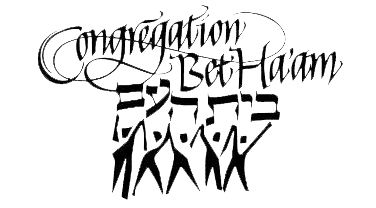By Emma Jaffe, Bet Ha’am 5th grade
This winter the 5th grade at Bet Ha’am has been learning about Jewish women leaders of the worker’s rights movement. We also learned about what life was like for Jews in the United States in the early 1900s, the Triangle Shirtwaist Factory fire, and Rose Schneiderman.

In the United States in the early 1900s, many Jews lived in the Lower East Side of New York City. They lived in small tenements with very little space. One family we learned about was the Rogarshevsky family. They were a Jewish family living in a tenement with three rooms. The parents slept in the small bedroom, the two daughters slept on a small bed tucked in the kitchen and the four boys slept with their heads on the couch and chairs supporting the rest of their bodies. Bessie, one of the daughters, worked at a clothing factory like many other young immigrants, working 60 to 70 hours a week and earning about a dollar.

The Triangle Shirtwaist Factory fire was in Greenwich Village, New York City, on March 25, 1911. A fire broke out on the top floors of the building. It spread quickly because of scraps of fabric on all the floors. The workers were trapped inside because the owners locked the doors (they did not want the women taking breaks on their long shifts). The fire escape was not strong enough to hold many women and ended up falling. The elevators were crammed with people. Many young women and children jumped out of the windows. The fire department could not reach the top floors of the building with their hoses. In half an hour the fire was over. And 146 of the 500 workers were dead. It was the deadliest industrial disaster in the history of the city.

Rose Schneiderman helped workers get rights and make factories safer. Annie Valliere, Rose’s great-niece, lives in Bath, Maine. She grew up with Rose and heard all of her stories. She visited our class on Zoom and told us about Rose. Rose was born in Poland. She worked at a cap factory in New York City. She became the first woman on a union board in the United States. She also worked on getting women the right to vote. In 1909, with Frances Perkins and Clara Lemlich, Rose helped organize “The Uprising of the 20,000,” which was a big strike. When Rose died the New York Times wrote about her and titled it “The Tiny Red-headed Bundle of Social Dynamite.” Rose Schneiderman was an important part of Jewish history, women’s history, and American history.

